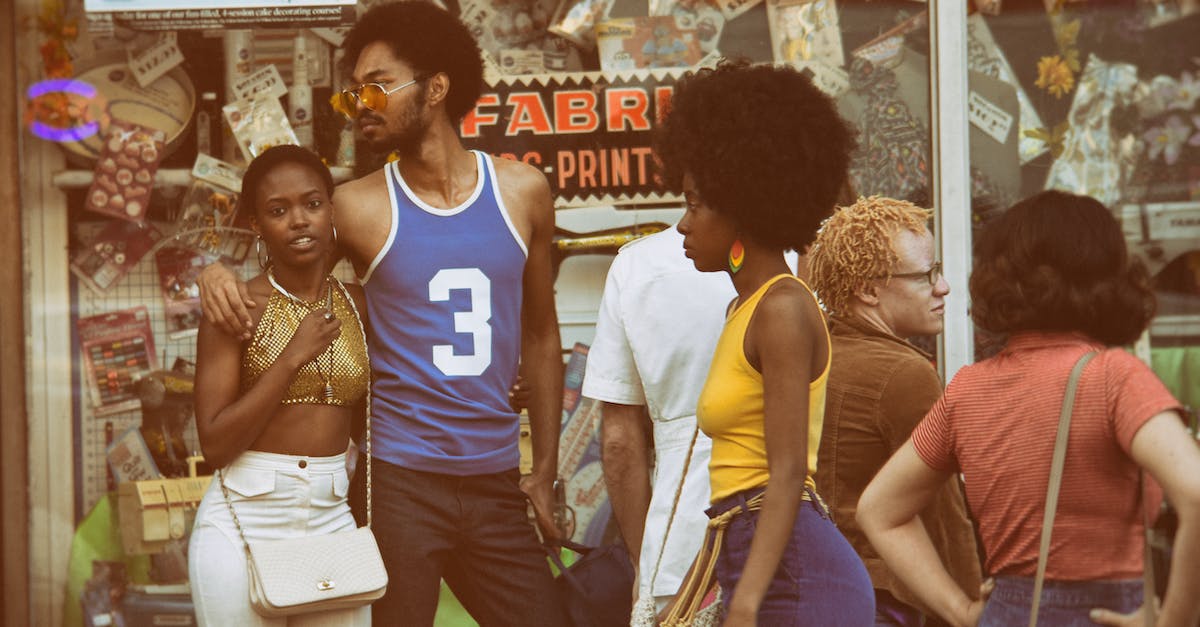How is Art Related to Music?
While art and music are both expressions of creativity and freedom of expression, they express emotions and experiences in very different ways. However, both are closely related to the eyes and ears and are essentially forms of expression. Below we will look at the relationship between art and music, and the influence of music on other art forms.
Plato’s view of music
Plato’s view of music is a pragmatic one. He values those aspects of music that contribute to its ethical role. He also values those aspects that induce pleasure. He also recognizes that music can help in the moral education of human beings. In this book, Pelosi explores the role of music in Plato’s philosophy of mind.
Music is an art that expresses the spirit and the mind. Plato’s view of music was founded upon this principle. The ancient Greeks considered music an expression of the logos, the divine logos. But Plato’s view was different.
Hegel’s view of music
In Hegel’s view of music, notes are seen as elements in a compound, with their relations to each other. This is similar to Hegel’s view of language, where a signifier obtains its identity by its relation to other signifiers. As such, Hegel sees musical dissonance as tension, and links it to the argument of Logic.
While Hegel’s view of music posits a complete self-defining system, the nature of concerts today suggests a change in how we listen to music. In addition to changing concert forms, this change in audience behavior suggests a shift in the nature of our listening experience.
Influence of music on other art forms
The influence of music is extensive and extends far beyond its own discipline. For example, in the early 20th century, avant-garde styles such as neoclassicism and eclecticism were important influences on the development of music. Composers like Igor Stravinsky and Sergei Prokofiev were especially influenced by these styles and incorporated them into their works. The same can be said of Russian composers such as Dmitri Shostakovich who reflected the effects of communism through his music. In addition, composers such as Ravel and Nikolai Roslavets developed their own styles of music, which had a lasting influence on the development of music.
Visual arts and music have a long-standing relationship that is often rooted in movement and rhythm. Since the late 19th century, renowned artists have turned to music for inspiration. Early avant-garde artists aimed to push boundaries in art by depicting music in their works. In addition, each type of music tends to evoke a particular kind of visual art.
Nietzsche’s view of music
Nietzsche was a student of philology, the study of languages and the hierarchy of semantic values. He admired and enjoyed music. In fact, he wrote his first piece of music at age 19 and would often rework it. His view of music reflected his own philosophies.
Nietzsche’s view of music is rooted in the idea that music is an expression of emotion and should be experienced for its emotional and spiritual value. The philosopher thought that the power of music can transcend the limits of the self and is a part of life itself. His views on music were influenced by his love for music and his desire to make others happy. The music he listened to was an integral part of his life, and his appreciation for it lasted until his death.







